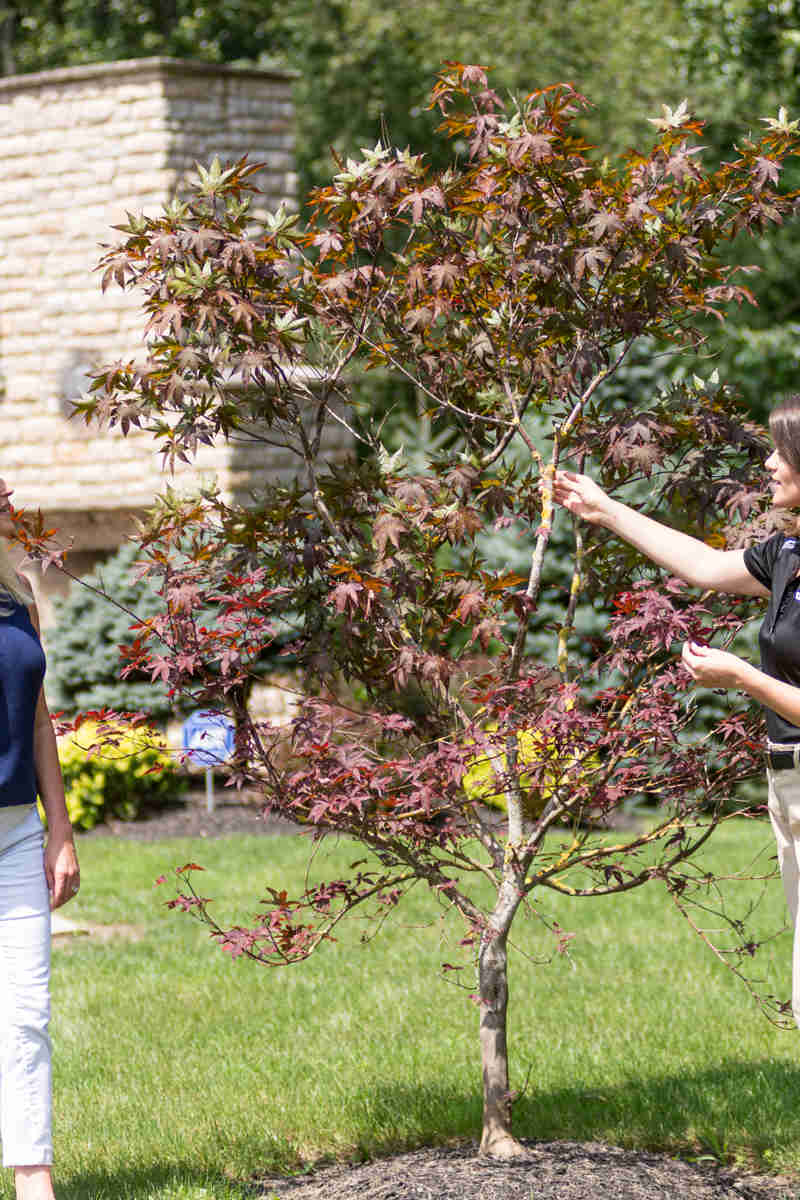Eastern Tent Caterpillar Description:
The eastern tent caterpillar is a pest native to the United States whose presence was first recorded in the mid-1600s. Found in the eastern and central United States, it has been seen as far west as the Rocky Mountains. It appears in large numbers, generally every ten or so years. The larvae (caterpillars) spin a silken webbing as they move, radiating out from a branch fork to create the “tent.” When populations are large, trees can become unsightly with webbing, and caterpillars may devour most of the foliage.
Hosts:
The tent caterpillar favors wild cherry, apple, and crabapple. It also feeds on ash, birch, sweetgum, willow, maple, oak, poplar, and various Prunus species. It is not considered a serious pest except when attacking black cherry. Wild cherry trees seem to withstand repeated infestations.
Eastern Tent Caterpillar Life Cycle & Symptoms:
The adult stage is a reddish-brown moth that deposits eggs in summer. During winter, egg masses encircle smaller twigs of the host tree. The egg mass looks as if it has been varnished, can be up to ¾-inch long and contains 150 to 350 eggs. When the eggs hatch the following spring, the caterpillars feed voraciously, causing aesthetic damage and sometimes defoliating the host tree. The fully-grown caterpillar is black with a white stripe down the back with several bright blue spots along each side.
Management:
Remove egg masses in the winter to reduce damage to smaller trees. Remove larvae by clipping and destroying the tents while they are still small and inside the tents. A commercially available bacterium or chemical application may be used to control the larvae. Natural predators include various ground beetles and parasitic wasps.





